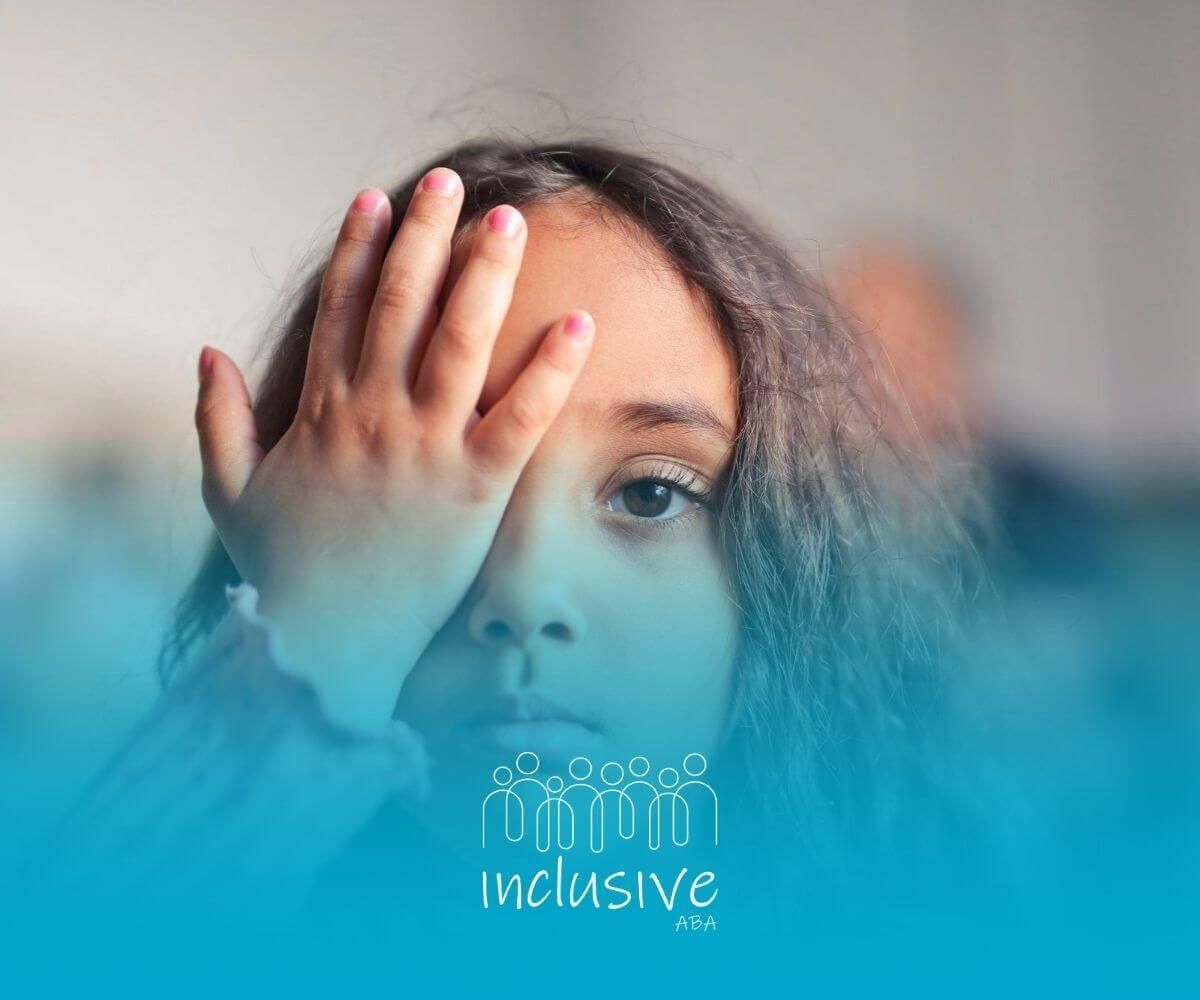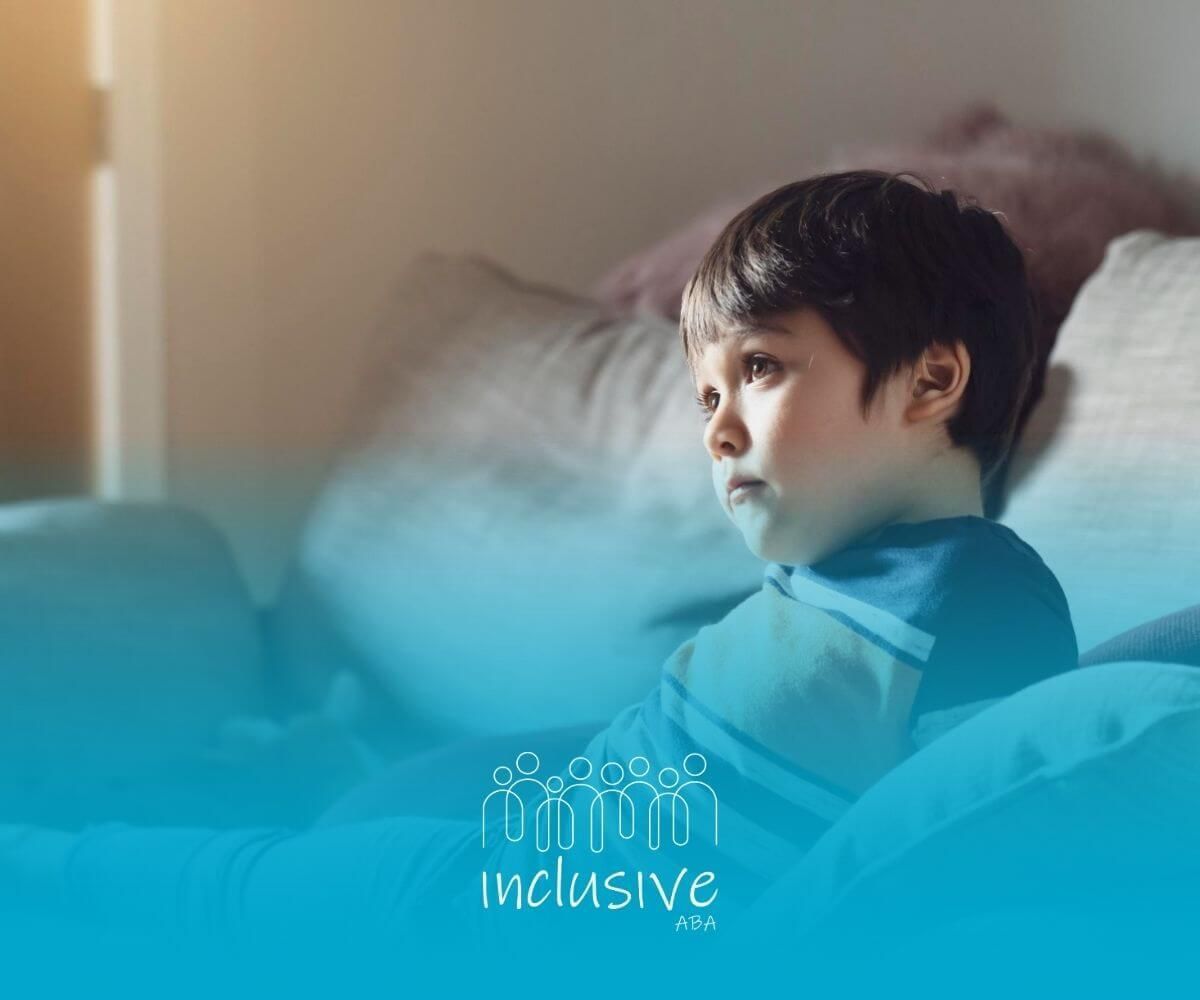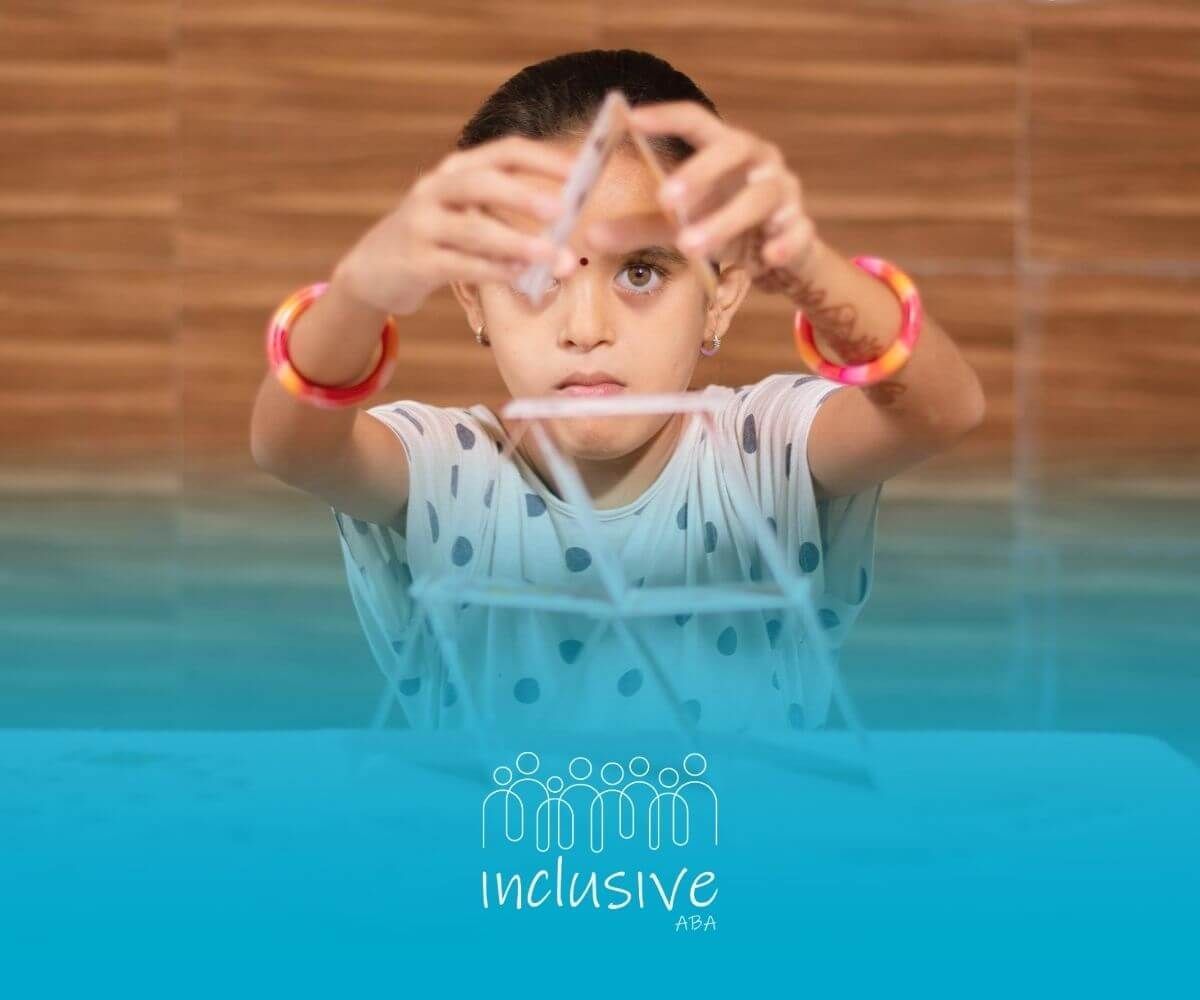What Disorders Does ABA Treat in Children and Adults?
Key Highlights
- Applied Behavior Analysis (ABA) effectively supports individuals with various developmental disorders, improving behaviors and skills.
- Recognised as the gold standard for autism spectrum disorder treatment, ABA has proven success in managing behaviors associated with autism.
- It addresses a broader scope, including intellectual disabilities, ADHD, anxiety, and more, making it a versatile type of therapy.
- Key principles like positive reinforcement and behavior modification are foundational to achieving desired behaviors.
- Behavior therapy enhances daily functioning, social interactions, and communication skills for children and adults alike.
- ABA services cater to diverse age groups, ensuring effective behavioral intervention across lifespans.
When most people think of ABA therapy, they picture it only as a treatment for autism. But in reality, ABA’s principles reach far beyond that—it can help with ADHD, developmental delays, anxiety, and even OCD.
I once worked with a teenager named Jenna, who had severe anxiety that kept her from attending school. With structured ABA techniques, she slowly regained confidence, learned coping skills, and eventually walked back into her classroom with a smile.
How ABA Differs from Other Behavioral Therapies
Why ABA Is Unique
Unlike general behavioral therapy, ABA is highly individualized. It doesn’t follow a “one-size-fits-all” approach. Therapists assess each person’s strengths, challenges, and goals before creating a personalized plan.
Techniques Used in ABA
- Discrete Trial Training (DTT) – Breaking down skills into small steps for easier learning
- Natural Environment Teaching (NET) – Practicing skills in real-life settings
- Functional Behavior Assessment (FBA) – Understanding why a behavior occurs before addressing it
Expert insight: “ABA therapy is most effective when it’s customized to the individual’s needs and delivered consistently,”says Dr. Catherine Lord, a leading autism researcher.
Autism Spectrum Disorder (ASD) and ABA
Why ABA Is the Gold Standard for Autism
According to the Centers for Disease Control and Prevention (CDC), ABA is the most evidence-based therapy for autism spectrum disorder. It helps children improve:
- Communication skills
- Social interaction
- Adaptive daily living skills
Key ABA Techniques for Autism
- Prompting & fading – Guiding a child to complete tasks and gradually reducing support
- Visual supports – Using visual cues to make routines predictable
- Positive reinforcement – Encouraging desired behaviors like eye contact or verbal requests
Statistic to note: Research from Autism Research and Practice found that children receiving ABA therapy for 20–40 hours per week showed significant gains in language and social skills within one year.
ABA for Developmental and Intellectual Disabilities
How ABA Supports Learning and Independence
ABA therapy isn’t limited to autism. It’s also beneficial for Down syndrome, intellectual disabilities, and developmental delays. Therapists focus on:
- Teaching daily living skills like dressing, eating, and personal care
- Improving communication and social interactions
- Reducing self-injurious or aggressive behaviors
Example: ABA and Down Syndrome
According to a study in Behavior Analysis in Practice, ABA interventions helped individuals with Down syndrome increase independence and adaptive skills, leading to improved quality of life.
Other Disorders Treated by ABA in Children and Adults
ABA for ADHD
People with ADHD often struggle with impulsivity and attention regulation. ABA can:
- Teach self-monitoring strategies
- Reinforce focused, on-task behavior
- Improve social interactions and frustration tolerance
ABA for Anxiety and OCD
For anxiety and obsessive-compulsive disorder, ABA uses exposure-based strategies and behavior modification. It helps individuals:
- Develop healthier coping mechanisms
- Reduce compulsive rituals gradually
- Increase confidence in social settings
“ABA principles can effectively reduce anxiety-related behaviors by focusing on gradual exposure and reinforcement,” explains Dr. Thomas Higbee, a professor of behavior analysis.
Can ABA Help You or Your Loved One?
Applied Behavior Analysis is more than just a therapy for autism—it’s a versatile, research-backed approach that can help individuals with a variety of conditions, from developmental delays to anxiety disorders.
By focusing on positive reinforcement, skill-building, and individualized plans, ABA can significantly improve quality of life, independence, and social relationships for both children and adults.
Ready to see how ABA therapy can transform lives?
At Inclusive ABA, we provide personalized, compassionate ABA services tailored to your family’s needs. Whether you’re in Nevada, Nebraska, Colorado, Utah, Iowa, or Ohio, our certified behavior analysts are here to help you every step of the way.
Call us today for a free consultation and take the first step toward lasting progress!
Frequently Asked Questions
Can ABA be used for adults as well as children?
Of course! Applied behavior analysis helps people of any age, including both kids and adults. When using applied behavior, behavior analysis experts look at the needs of each person. They help someone learn life skills, figure out how to handle bad habits, and work on better ways of behaving. The flexible nature of aba services means there is help for people in every age group.
Is ABA only effective for autism?
Not at all! ABA is known for helping those with autism spectrum disorder, but it also supports people who have a wide range of conditions. This includes autism spectrum, ADHD, anxiety, and developmental delays. By using behavior therapy, it helps people see big changes. The goal is to help everyone build positive behaviors, no matter which disorder they have.
How long does ABA therapy take to show results?
Results vary depending on the individual, but many families notice improvements within a few months. Early intervention and consistent sessions often lead to faster progress.
Sources:
- https://www.bacb.com/about-behavior-analysis/treatment-of-autism-and-other-developmental-disabilities/
- https://pubmed.ncbi.nlm.nih.gov/33651891/
- https://www.researchgate.net/publication/369608968_Effectiveness_of_Applied_Behavior_Analysis_Therapy_Against_Decreased_Distracted_Behavior_in_Children_Attention_Deficit_Hyperactive_Disorder
- https://my.clevelandclinic.org/health/treatments/25197-applied-behavior-analysis
- https://www.appliedbehavioranalysisedu.org/2021/11/aba-for-non-autistic-children/
Looking for Expert Help? We're Here for You!
Our compassionate and skilled team is devoted to enhancing your child's development through customized ABA therapy. Let us partner with you to create a supportive environment for your child's success.
Discover how we can help your family thrive with expert ABA therapy.
Related Posts







